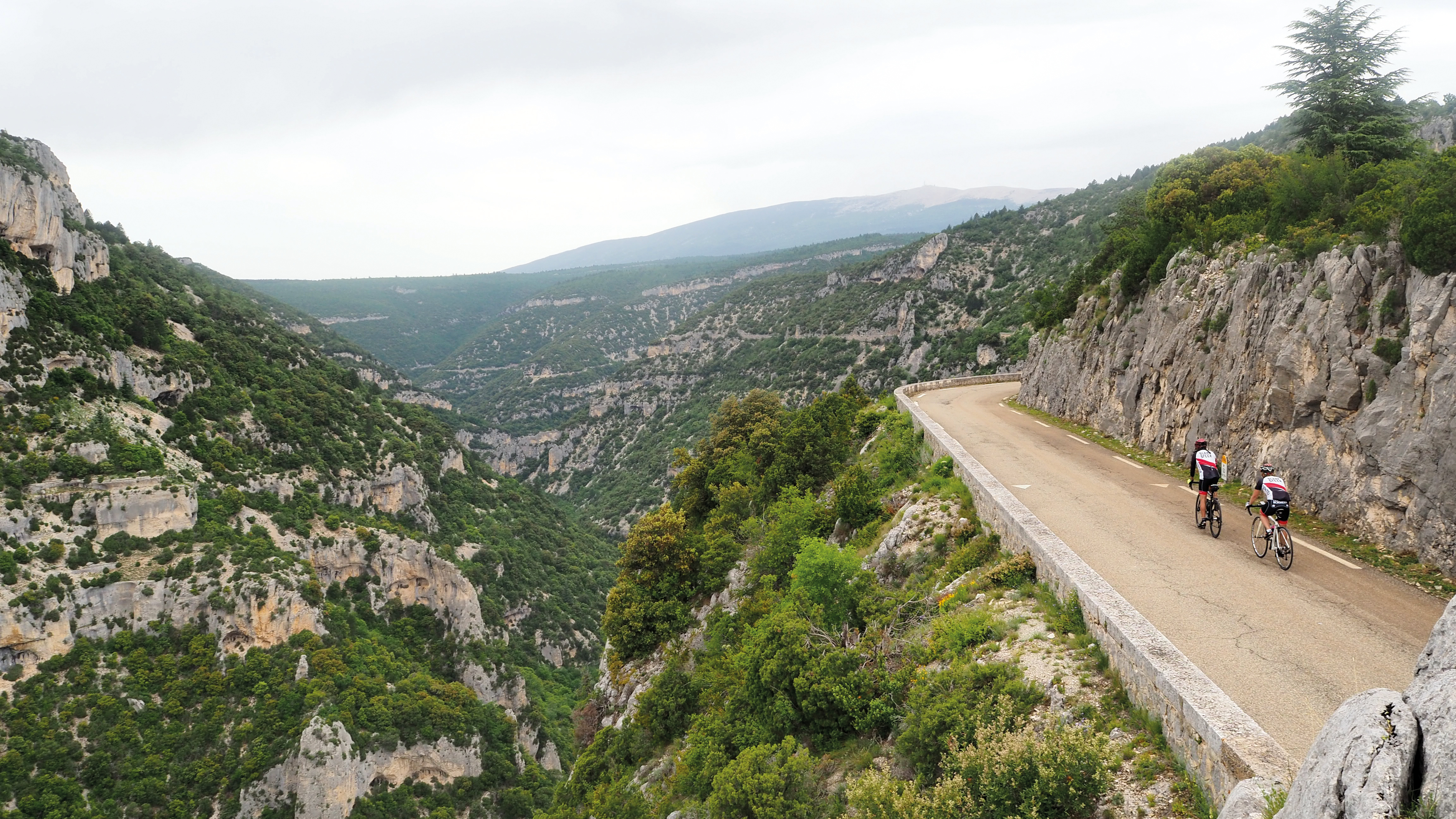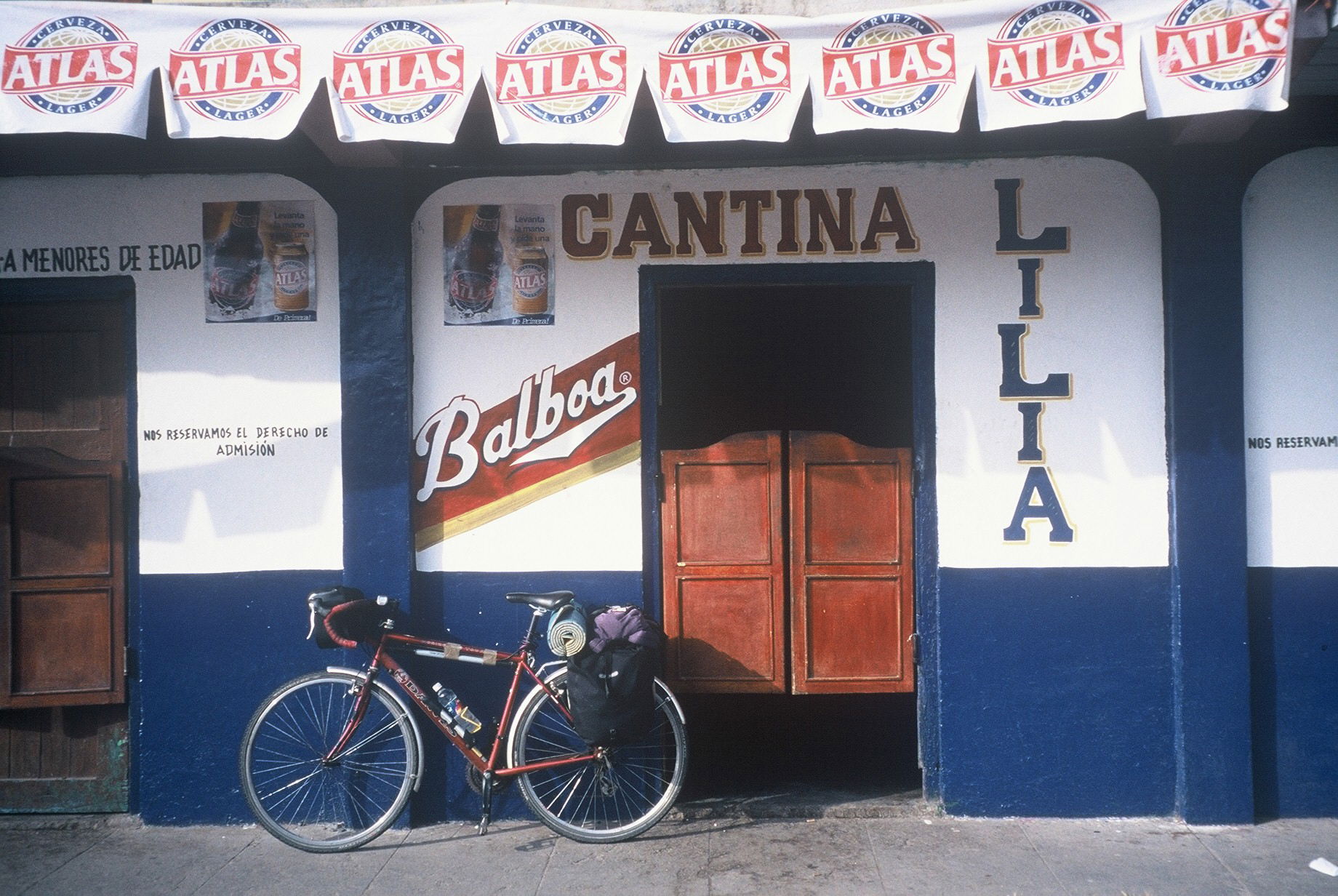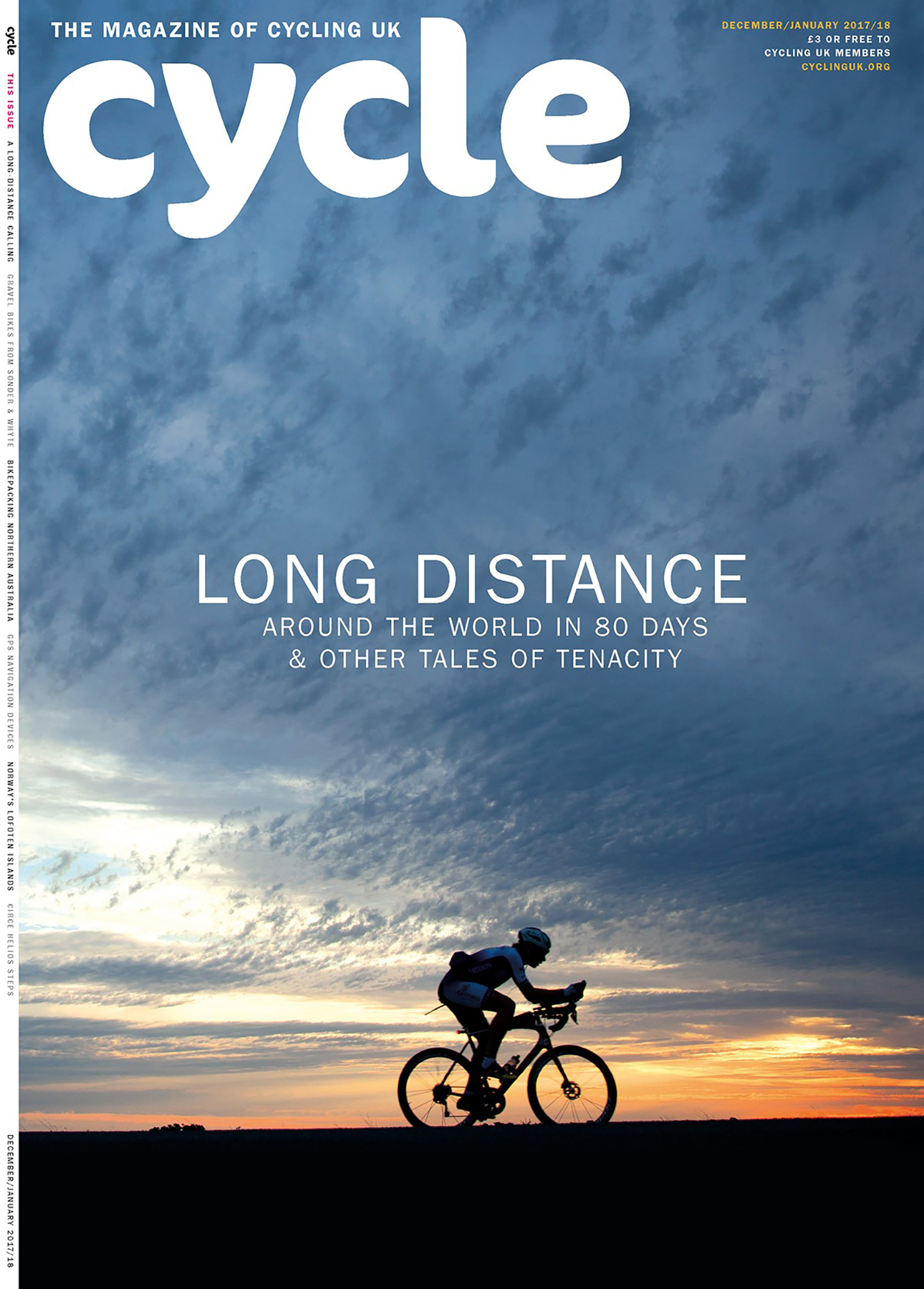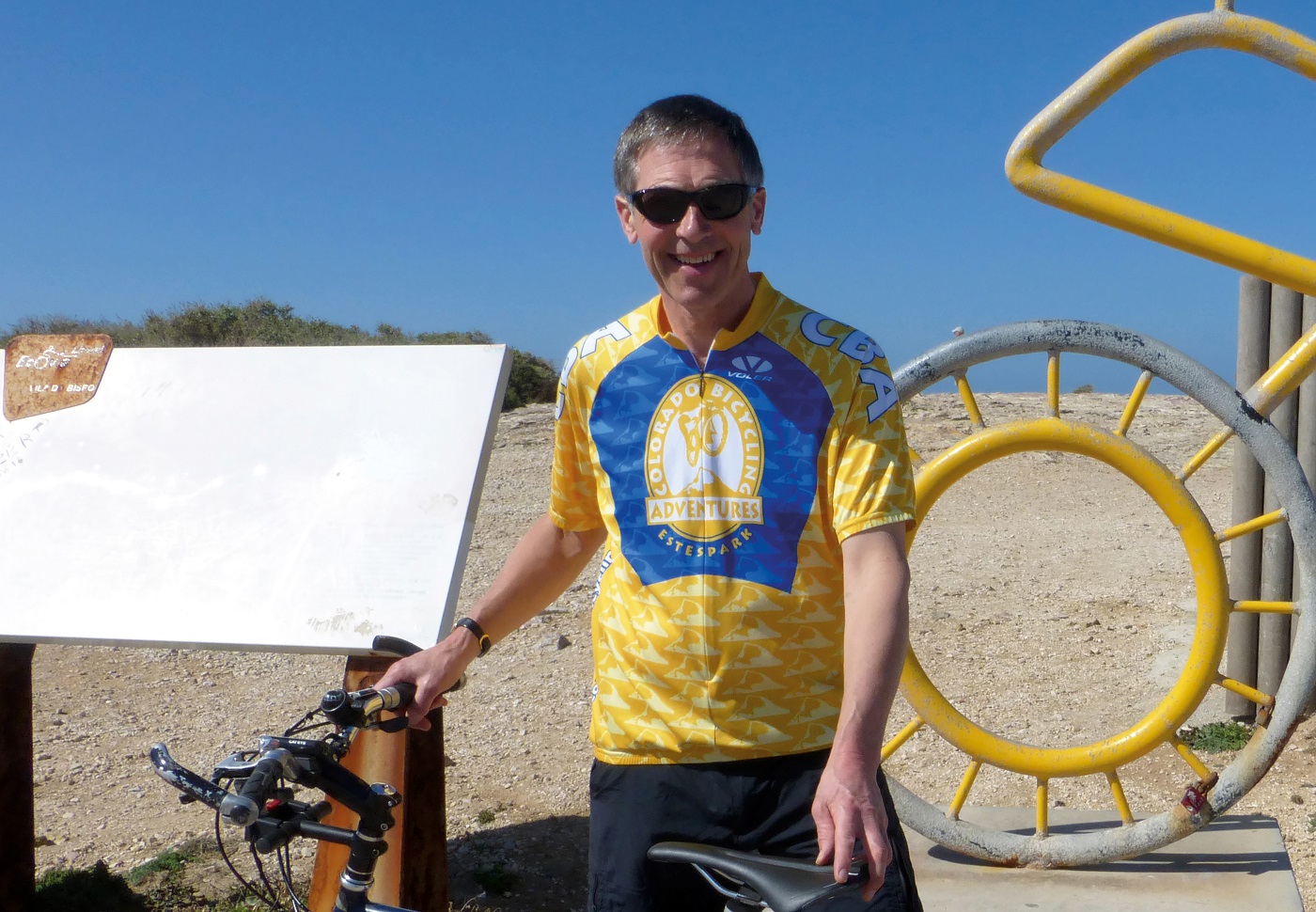Great Rides: Lofoten Islands in Norway
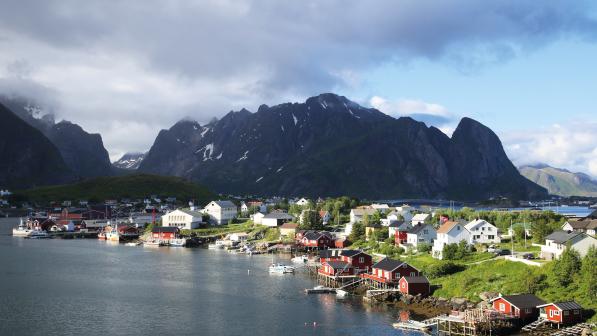
With a coastline of over 80,000km, including its islands, Norway is a big and breathtakingly beautiful place to explore. That’s why tours from CTC Cycling Holidays keep returning. This year we went to the Lofoten Islands, which sit off the north west shoulder of Norway like the equivalent of Scotland’s Western Isles. The unspoiled scenery is just as compelling, but there’s an important difference: the Lofoten Islands are 200km north of the Arctic Circle. That was why we went in June.
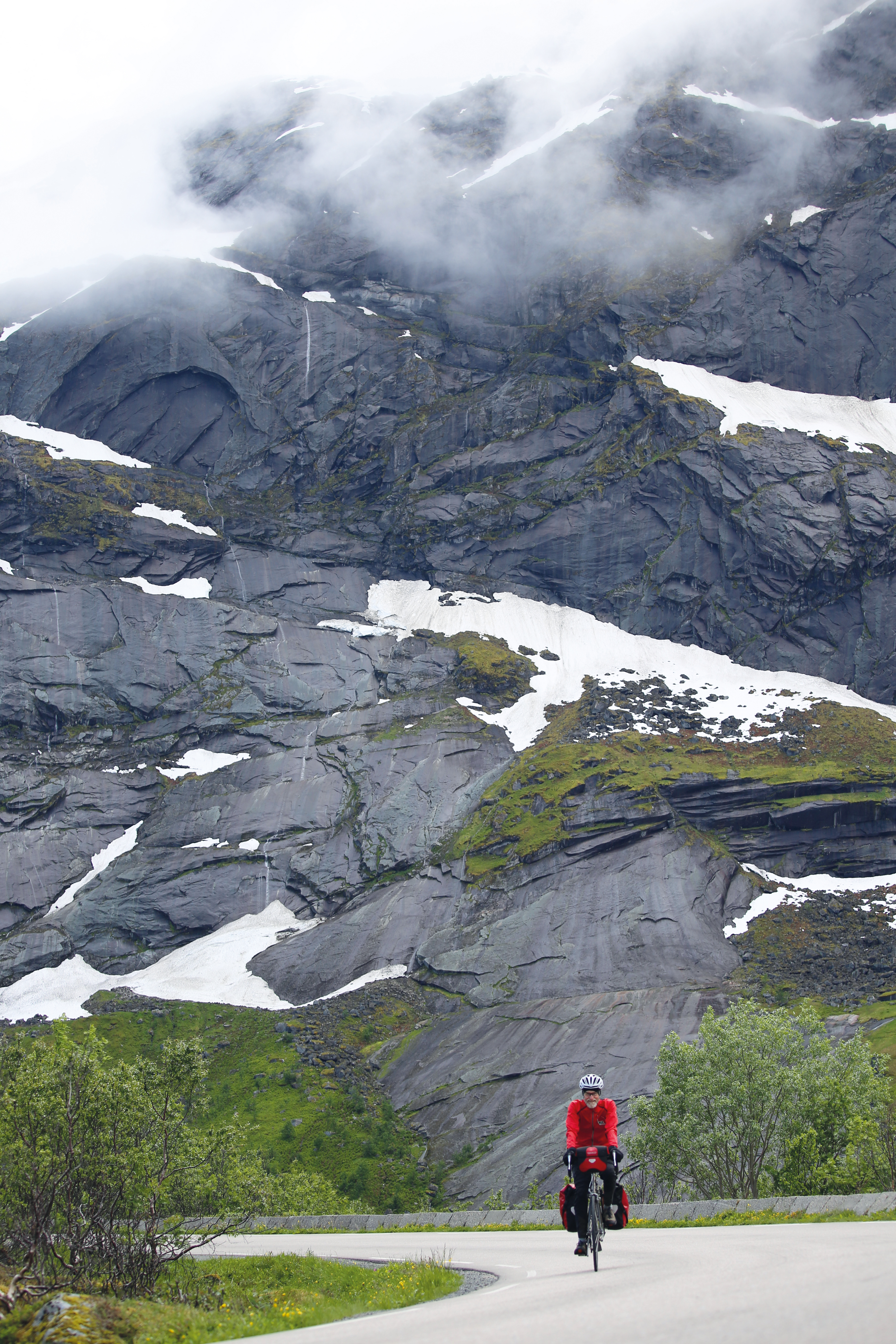
There are three ways to get there once you’re in Norway: by road, by air, or (no surprise, given Norway’s 50,000 islands) by boat. The latter was the obvious choice, because we could simply strap the bikes to the express ferry and set sail from Bodø to Svolvær, halfway along the archipelago.
Looking at a topographical map, you’d expect the road to go up and down like the edge of a saw blade. It doesn’t.
Neil Wheadon, CTC Cycling Holidays
Several holiday companies lead tours to Lofoten, and the classic route is to head west. CTC Cycling Holidays tends to do things a little differently, however. We headed east and then north alongside the island of Austvågøya, surrounded by towering mountains and sea. Looking at a topographical map, you’d expect the road to go up and down like the edge of a saw blade. It doesn’t: the Norwegians have put their North Sea oil revenue to good use and have (among other things) invested in tunnels and bridges to smooth the path of the road. We had a relaxing ride to Fiskebøl to catch the ferry to the small island of Hadseløya.
Where the whales surface
Ferries are as much a part of island life as cars, vans and buses. Plying their way between the islands, they save miles of driving as many communities are right at the end of dead end roads as a result of their fishing heritage. Bigger ships sometimes visit too. Fiskebøl’s tiny quayside was overshadowed by a visiting ocean liner the size of the Queen Mary.
Further maritime heritage was displayed in Stokmarknes, our next port of call. Before air travel, the Hurtigruten (‘Express Route’) was the only way to get around the west coast of Norway. Part cruise ship, part postal boat, these picturesque ships connected the fjords and islands. One old ship had been hauled ashore and turned into a museum, offering a fascinating glimpse into the past. Its successors still exist, but the focus of the ships today is tourism.
Summer is the time to go, of course. Since they lie beyond the Arctic Circle, the Lofoten Islands sometimes enjoy 24-hour sunshine. Conversely, the winter is long and the days are dark. Even with the summer’s endless daylight, the vegetation has little time to get going. So the views are wide, expansive and tundra-like, with few trees. People that we spoke to either loved or hated it. A Polish waitress said: ‘It’s so cold and dark in the winter time that I’m going home this year!’
Our target was Andenes, which would be the most northerly part of our journey. The town is famed for its whales, which are regular visitors because the coast here is so close to the continental shelf. Sperm whales are common, and pilot whales and orcas are often spotted. Binocular-clutching travellers come by the coach-load to see them.
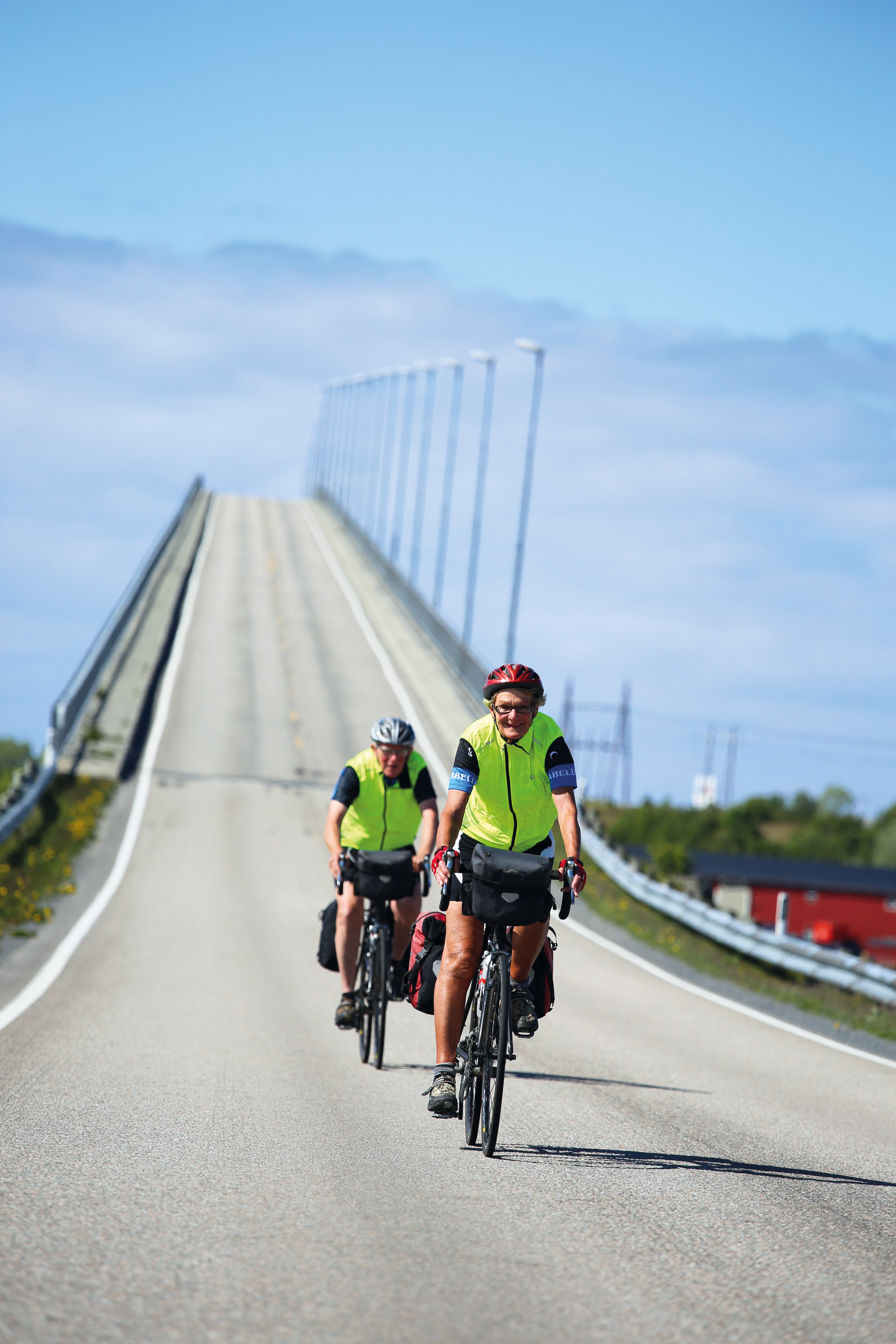
Throwing Viking axes
Our arrival at Andenes marked the end of a delightful first week. We had cycled a route that no other organised tour had taken. For week two, we’d be tackling signature Lofoten Islands locations.
Returning to Svolvær, we picked up the E10 main road and headed west towards the terminus at Å. We were joined by a myriad of campervanners, their plates showing all sorts of nationalities, all as eager as us to enjoy the amazing views. The road, for once, felt busy. Fortunately there are several side roads, most labelled as cycle routes. In built-up areas, where traffic was densest, we used long cyclepaths parallel to the road.
The side roads were quiet so we made full use of these whilst circumnavigating Gimsøymyrene, which has one of Europe’s most northerly golf courses. In such an isolated area, where villages are snowed-in during the long, dark winter, local shops are a crucial lifeline. It’s great for cyclists as a petrol station/shop/tea-room will pop up in the most unexpected places. Most had comfy seating, proper china mugs, and – in case you fancied a bit of knitting – thousands of balls of wool.
It’s a pretty barren place so there isn’t a great deal of antiquity, but in 1983 a farmer’s decision to plough his field a little deeper led to the Lofotr Viking Museum. He discovered the remains of a chieftain’s huge house, which has today been reconstructed as a museum and visitor centre. Outside, you could sail a Viking boat or throw axes at a target. Inside, students from all over Europe were dressed in costume depicting daily life from 500AD. They were happy to talk not only about Viking life, but also how much they enjoyed working and living in Norway.
Norway today is one of Europe’s richest countries, its oil wealth ploughed into bank bonds or infrastructure. So when the tiny coastal community of Unstad asked for a 640-metre tunnel to save them going 200 metres higher over the mountain, that was no problem. We rode through it on the road south through Leknes to finish in Ballstad.
Of course, oil wasn’t always around, and for hundreds of years cod supplied wealth to this area. It’s still important now. Every part of the fish is used. We saw racks of cod heads strung out to dry. They would, we were told, be ground up and sent to Nigeria for use in food products.
Sparkling sea
To reach the last two islands on our trip, the E10 road seemed the obvious choice. Yet it runs underneath the sea, with steep inclines either side and lorries and motorhomes pumping out fumes in between. Fortunately, there’s a more pleasant alternative. First, we took a break at the delightful Ballstad Youth Hostel and tucked into the warden’s fabulous fish dinner.
Next day, we hired a restored trawler, which takes cyclists and foot passengers to Nusfjord on Flakstadøya. Having strapped the bikes to the little yellow boat, we bobbed our way across the short crossing to the historic harbour for the inevitable coffee and cake.
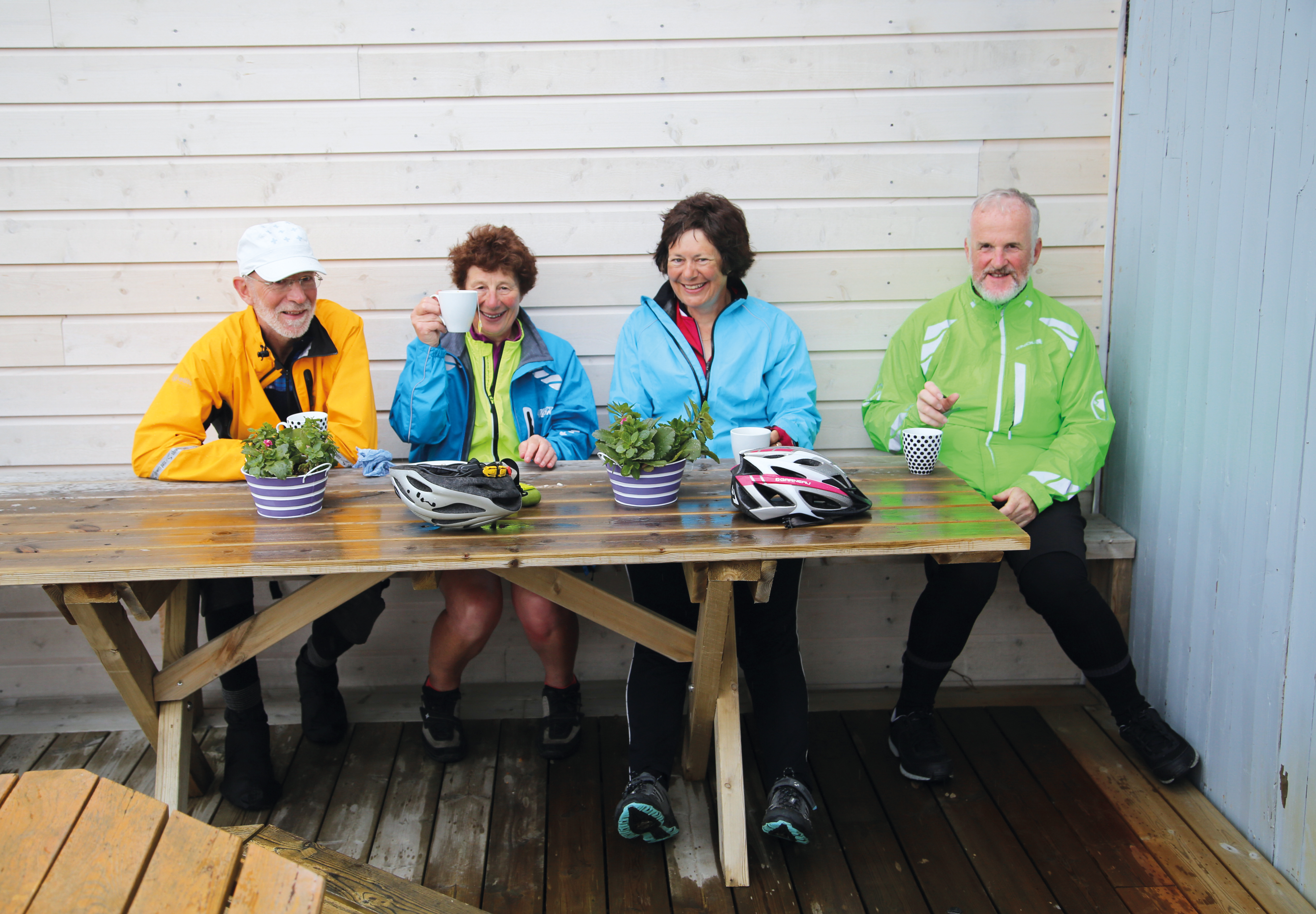
The last part of our trip was pure Lofoten: brightly painted cabins hugged the shoreline; sea kayaks plied the crystal clear waters; and in a few cafés, for the equivalent of £5 you could take a knife and slice off however much cake you wanted.
"Can I take the whole cake?" I asked.
"Oh yes," came the reply, "but we find that people don’t want to appear greedy."
It works too, but probably only in Norway.

